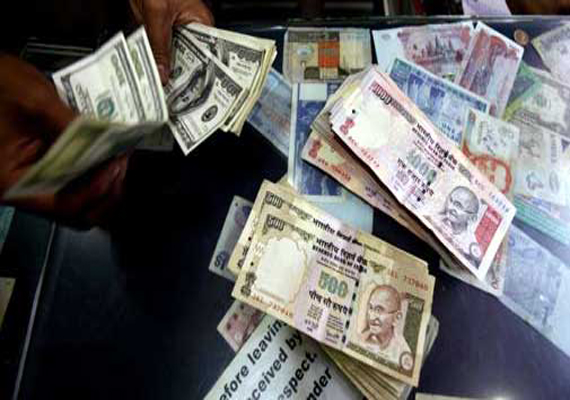India’s foreign exchange (forex) reserves have been on a steady upward trajectory for several years, reflecting the nation’s strong economic fundamentals. In 2017, these reserves are projected to reach unprecedented levels, surpassing the $400 billion milestone. This surge in forex holdings has significant implications for India’s economic outlook, providing a solid foundation for sustained growth and financial stability.

Image: www.indiatvnews.com
What are Forex Reserves and Why Do They Matter?
Forex reserves are foreign assets held by a country’s central bank to meet international payments and support its currency’s value. These assets typically include gold, special drawing rights (SDRs) issued by the International Monetary Fund, and foreign exchange, such as US dollars, euros, and yen.
Adequate forex reserves are crucial for India’s economic health. They provide a buffer against external shocks, such as currency fluctuations, global economic downturns, and adverse terms of trade. They also enhance India’s ability to manage its external debt and imports, ensuring a stable flow of essential goods and services.
Key Drivers of India’s Forex Surge
Several factors have contributed to the growth of India’s forex reserves:
- Strong Inflow of Remittances: India’s large diaspora, spread across the globe, sends substantial remittances back home each year. These remittances have been a consistent source of forex reserves, particularly during periods of economic slowdowns.
- Inflow of Foreign Direct Investment (FDI): India has become an attractive destination for foreign investors seeking growth opportunities in a rapidly expanding market. FDI inflows contribute significantly to forex reserves by bringing in foreign exchange.
- Higher Exports: India’s export sector has witnessed steady growth in recent years, led by pharmaceuticals, textiles, and engineering goods. Increased exports earn foreign exchange that adds to forex reserves.
- Robust Portfolio Investments: Foreign investors have shown increased interest in Indian financial markets, particularly in equity and debt instruments. These investments, known as portfolio investments, also contribute to forex reserves.
Benefits of High Forex Reserves
India’s growing forex reserves offer several advantages:
- Economic Stability: Ample forex reserves cushion the Indian economy from external shocks and currency volatility. They allow the Reserve Bank of India (RBI) to intervene in the foreign exchange market to maintain a stable exchange rate.
- Financial Security: High forex reserves ensure India’s ability to meet its external obligations on time. They provide confidence to investors and creditors, lowering interest rates on foreign loans.
- Support for Economic Growth: Abundant forex reserves allow India to import critical goods and services, including oil, machinery, and raw materials. This supports economic growth and prevents supply disruptions that could hamper productivity.

Image: currentaffairs.adda247.com
In 2017 India’S Forex Reserves May Cross
Conclusion
India’s rising forex reserves in 2017 are a testament to the nation’s economic resilience and growth trajectory. These reserves provide a solid foundation for India to navigate global economic challenges, maintain financial stability, and fuel economic expansion. As India continues to strengthen its forex reserves through prudent economic policies and robust foreign exchange inflows, it is well-positioned to capitalize on growth opportunities and enhance its economic prosperity in the years to come.






